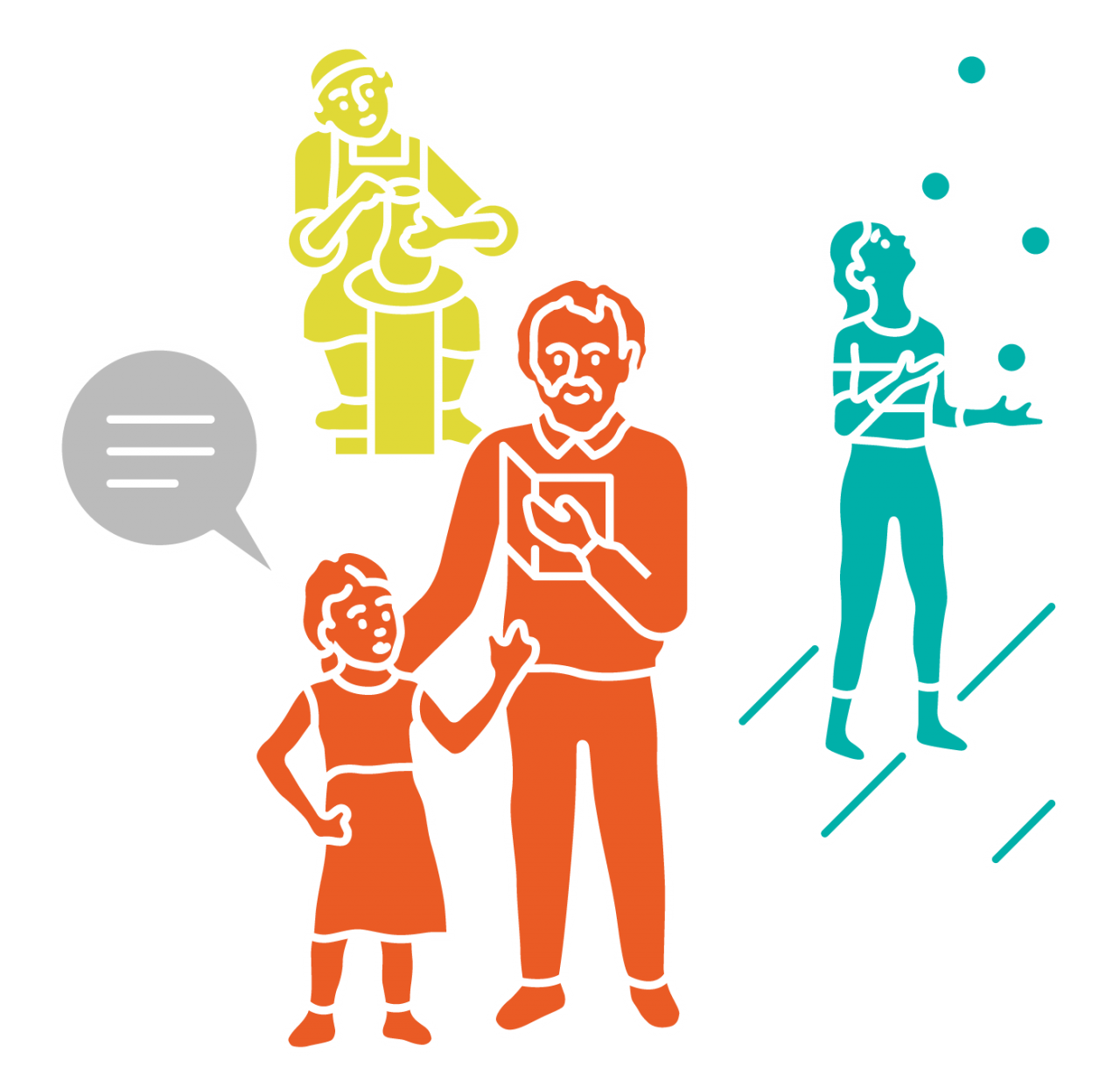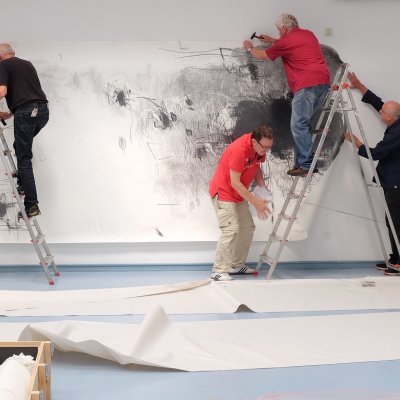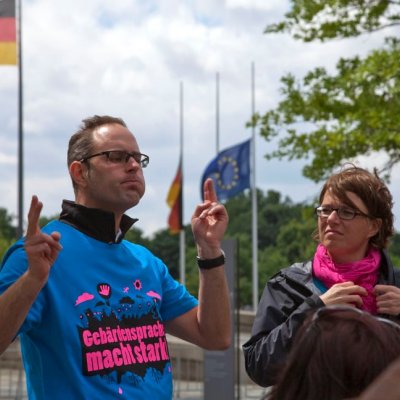Nationwide Inventory of Intangible Cultural Heritage
Demoscene – Culture of Digital Real-time Animations
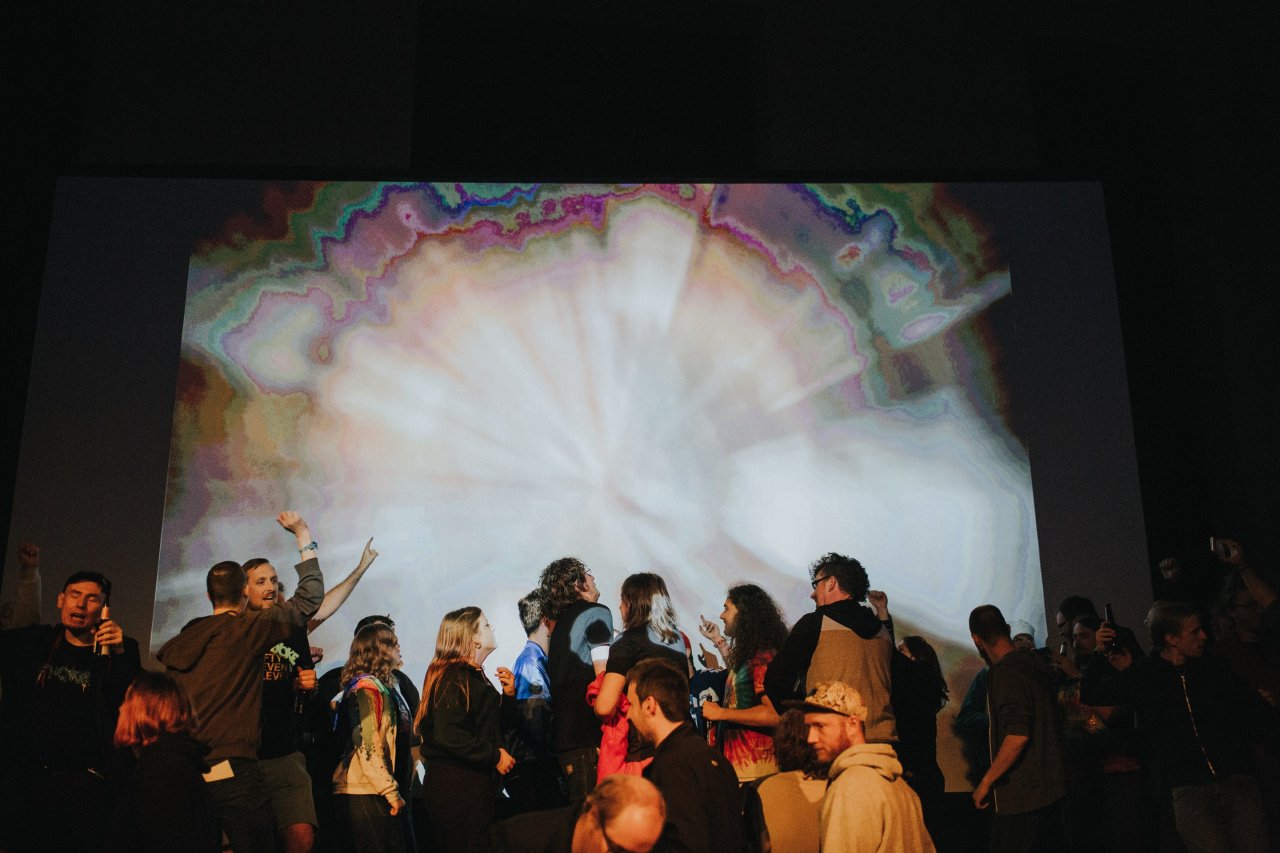
The demoscene is an international, decentralised and non-commercial subculture focused on the production of digital audiovisual works. Demos are typically a few minutes long, software-generated animation sequences, a combination of music, videos, text, pixel and 3D graphics.
The demoscene artists perform their productions live in competition with others at special parties. The programs are competing in different categories, and have to be performed in real time by computers during the presentation. The competition categories have various limitations. For example, some demos may not be larger than one or four kilobytes or must run on certain computers like the C64.
Self-limitation as creative stimuli
One of the core competencies of the demoscene is size-coding, which tries to make the program code as lean as possible. In addition, the tracking of music as a programming-like composing technique and the hacking attitude aimed at mastering new hardware platforms play important roles in the scene. In all those instances, self-limitation is an important creative driver.
The demoscene has its roots in the cracker culture of the 1980s, when groups of teenage computer fans inserted their digital calling cards into pirated games as proof that they had cracked and removed copy protection. These so-called crack intros became more ambitious over time before evolving independently of the cracker culture into stand-alone visual artworks - the demos.
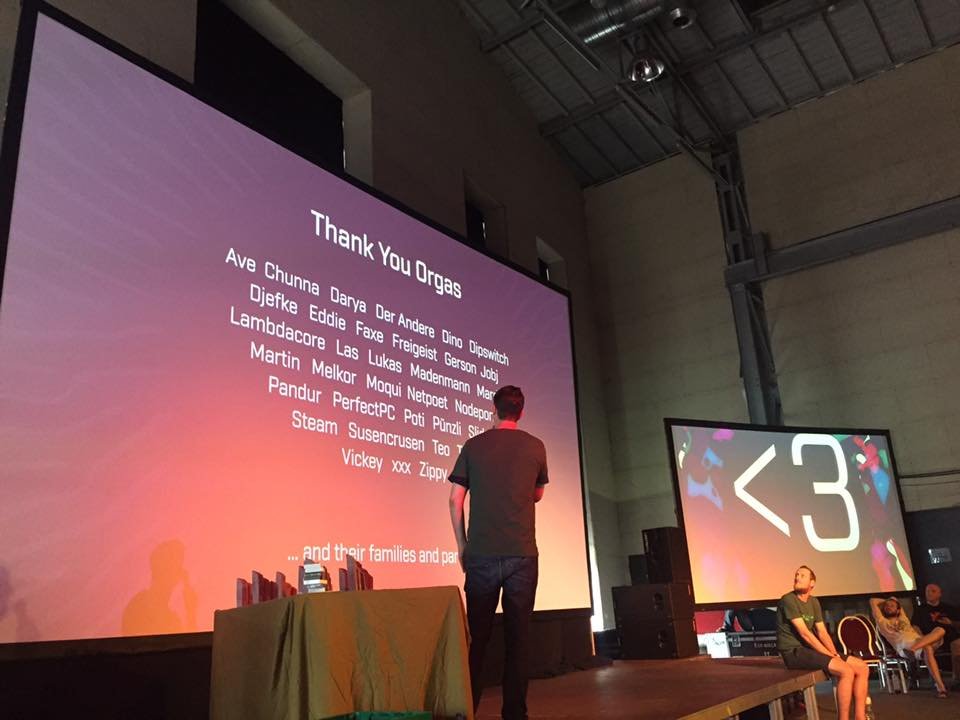
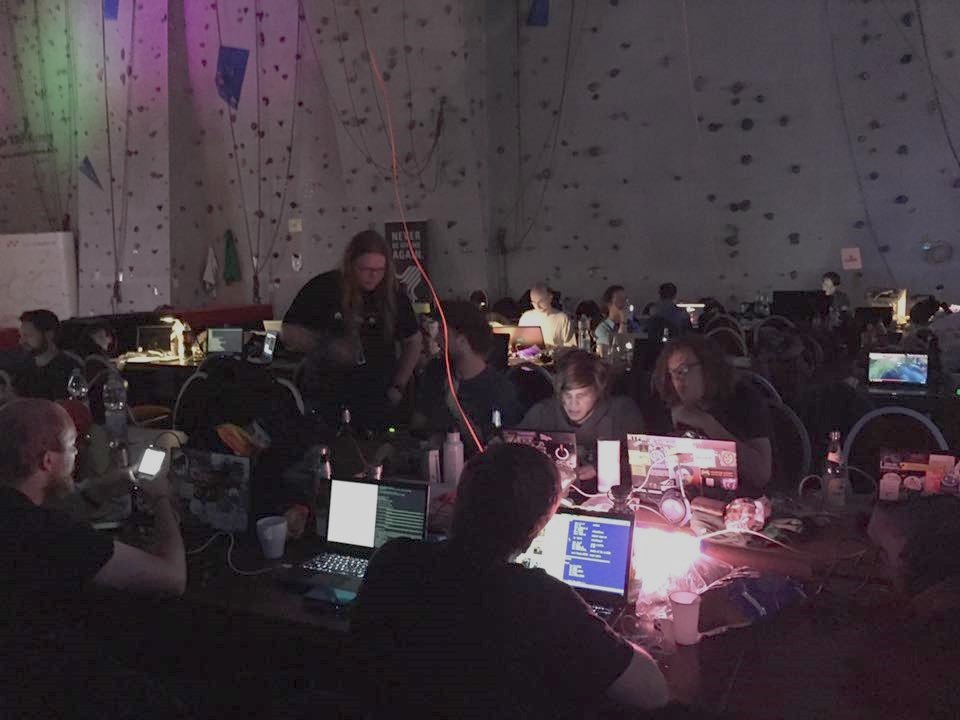
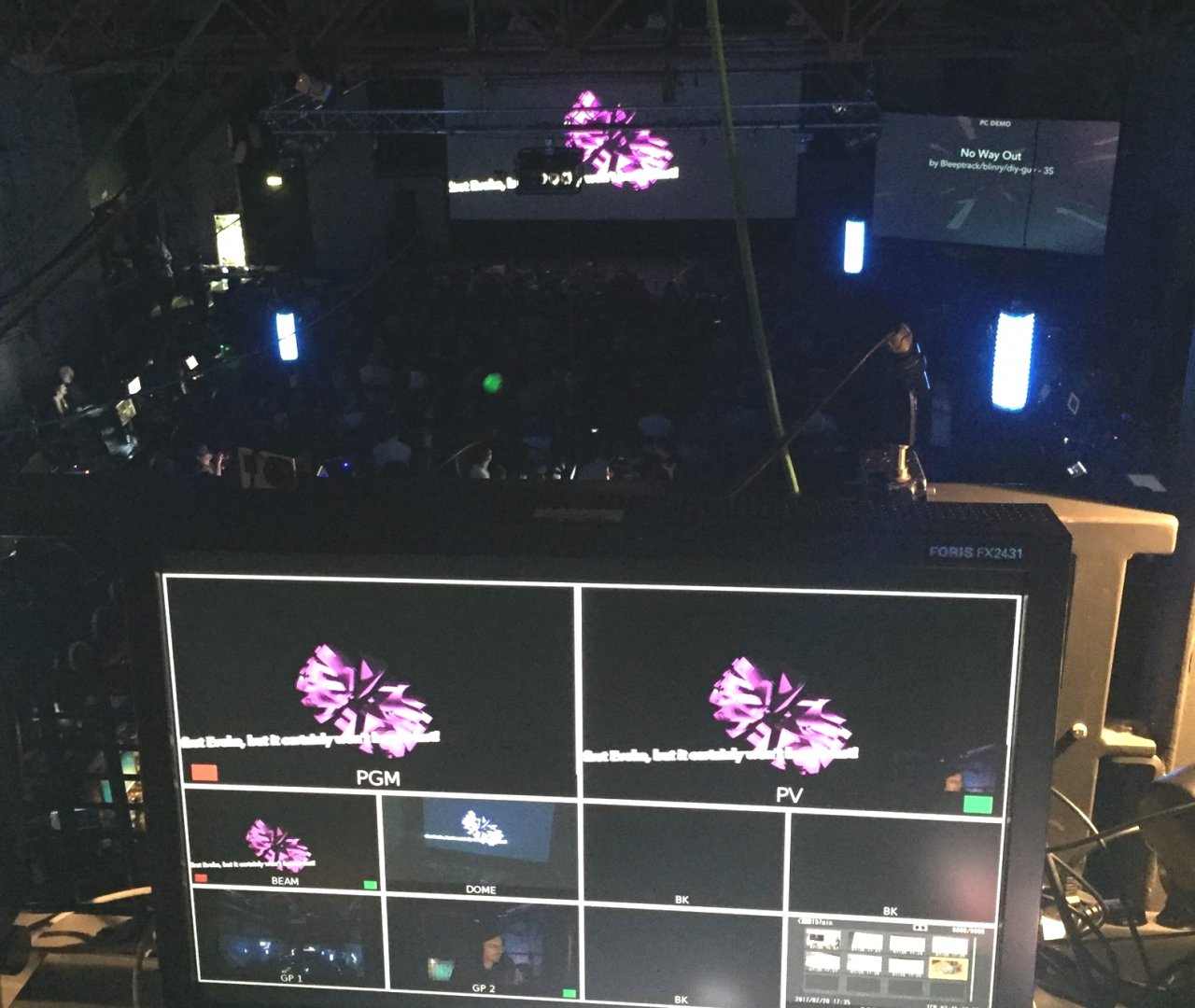
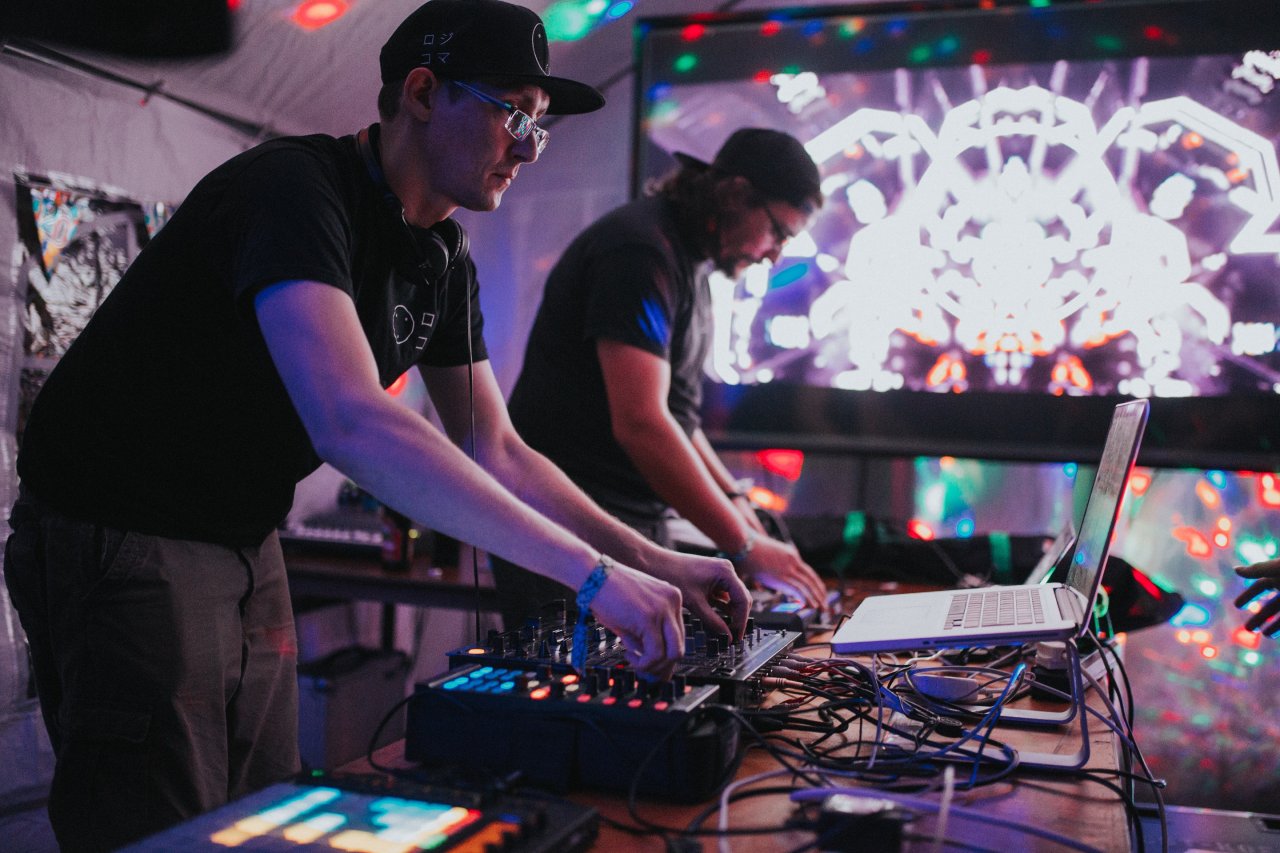
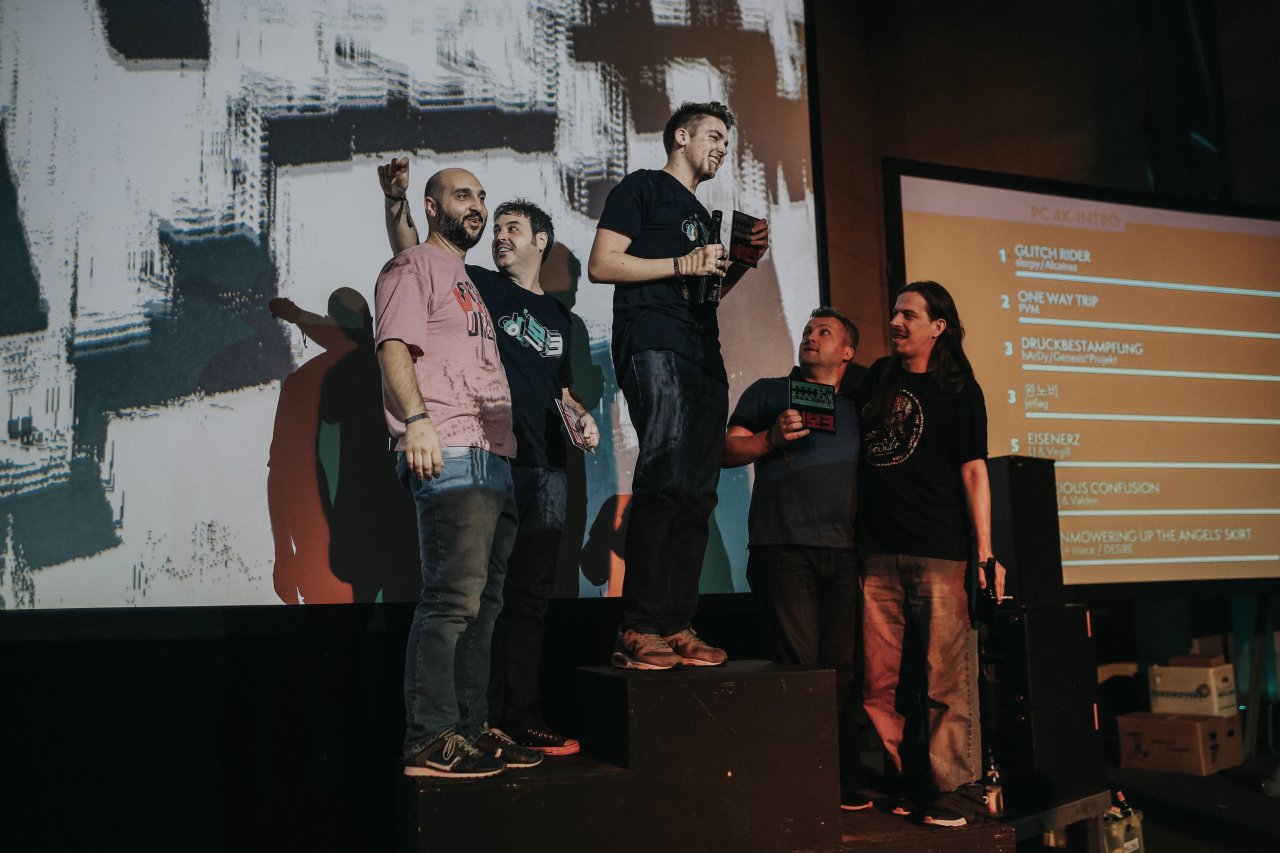
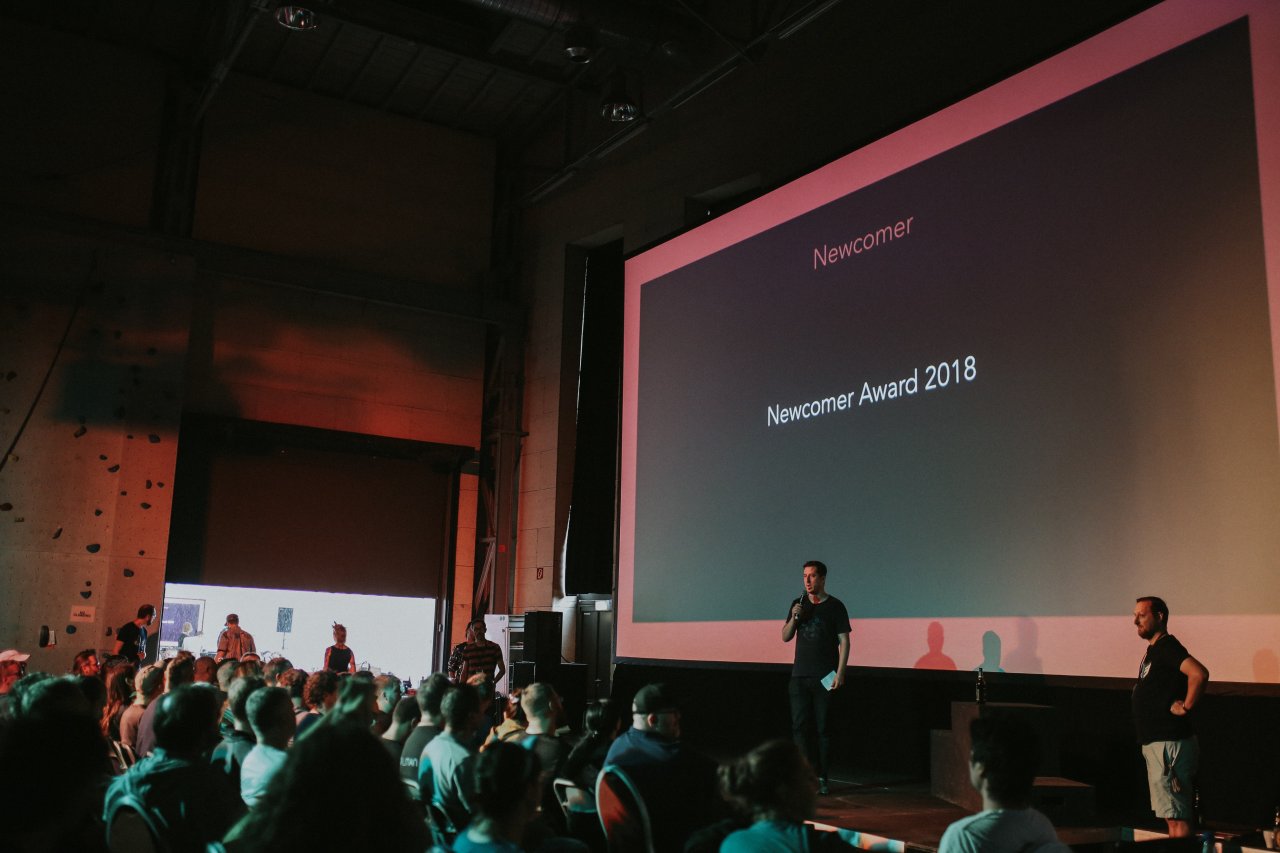
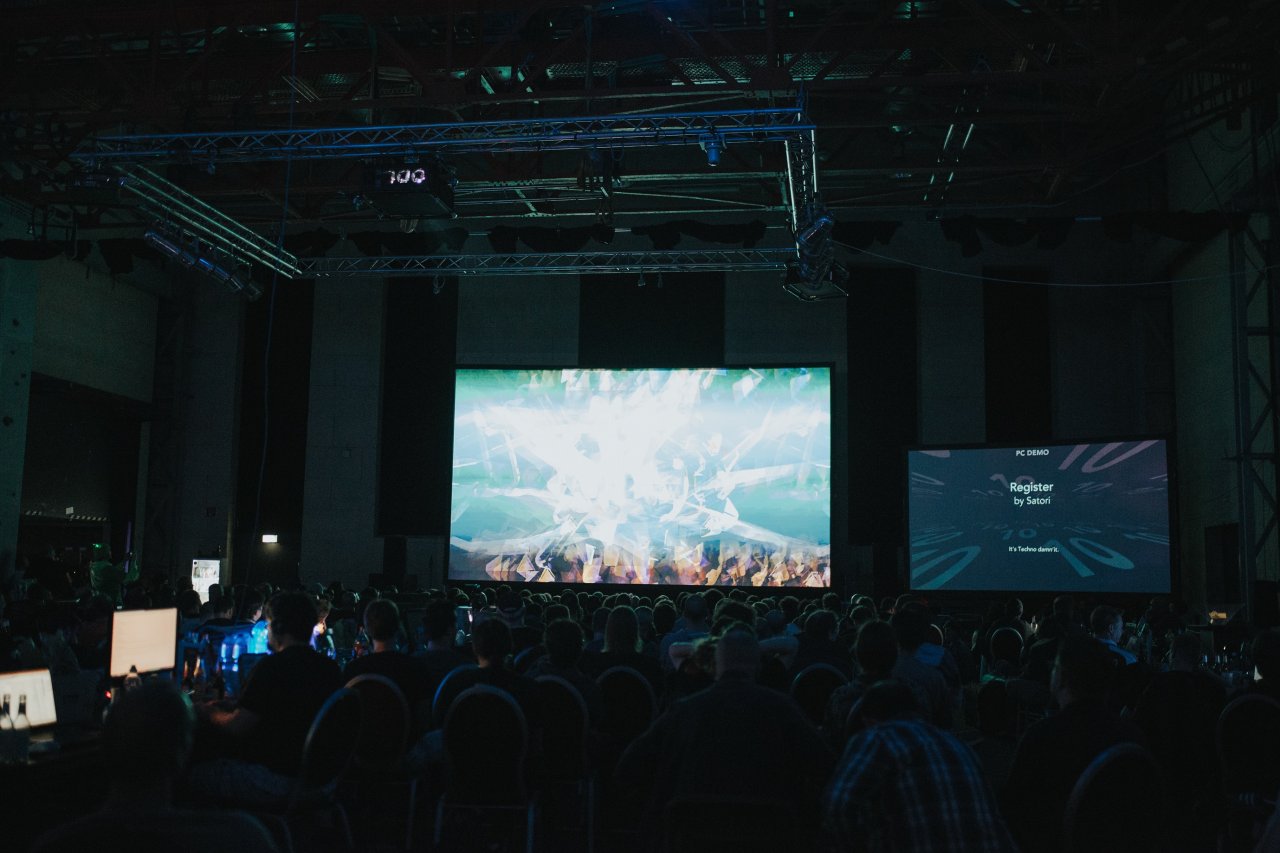
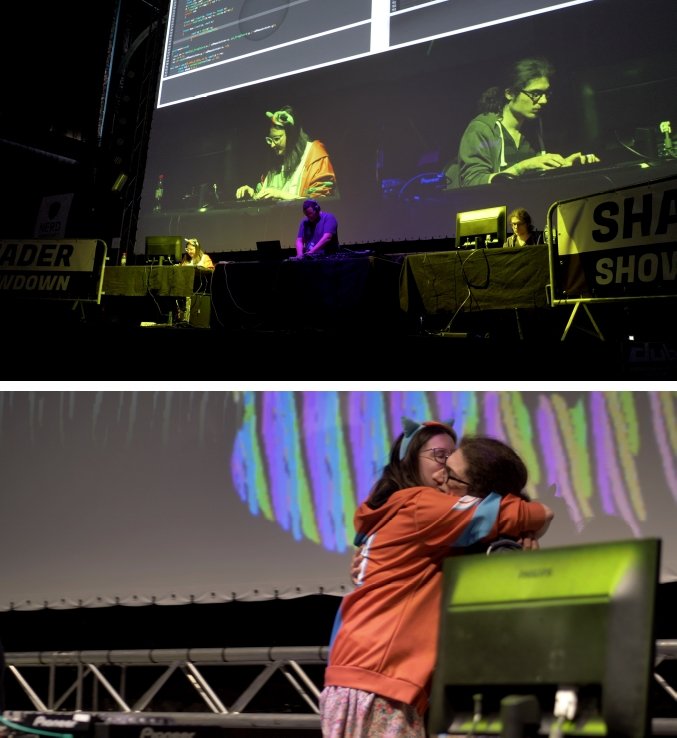
Digital and short-lived
Nearly every week there is a demoparty somewhere in the world. In Germany, the biggest events are "Revision" with about 1,000 visitors and "Evoke" with about 500 visitors. One of the characteristics of the scene is that any animation entered and premiered at a demoparty cannot compete in any other event afterwards.
Digital cultural forms tend to be short-lived because their development depends on specific technical platforms. By these standards, the demoscene with its more than 30-year history is a bedrock of digital culture. It has managed to keep its identity alive over generations and periods of profound technological change.
Solidarity
The community cohesion in the demoscene exists primarily through the strong solidarity of its participants. Physical meetings are an important part of the scene’s identity. The meetings are combined with online culture, such as online competitions, community discussion and couch screenings on different platforms. The scene combines online and offline activities. Their art is conserved and passed on through demo-parties, archiving and public relations of clubs, groups and individuals. Furthermore exhibitions and scientific discourses help the analysis of the scene that profits from its input.


